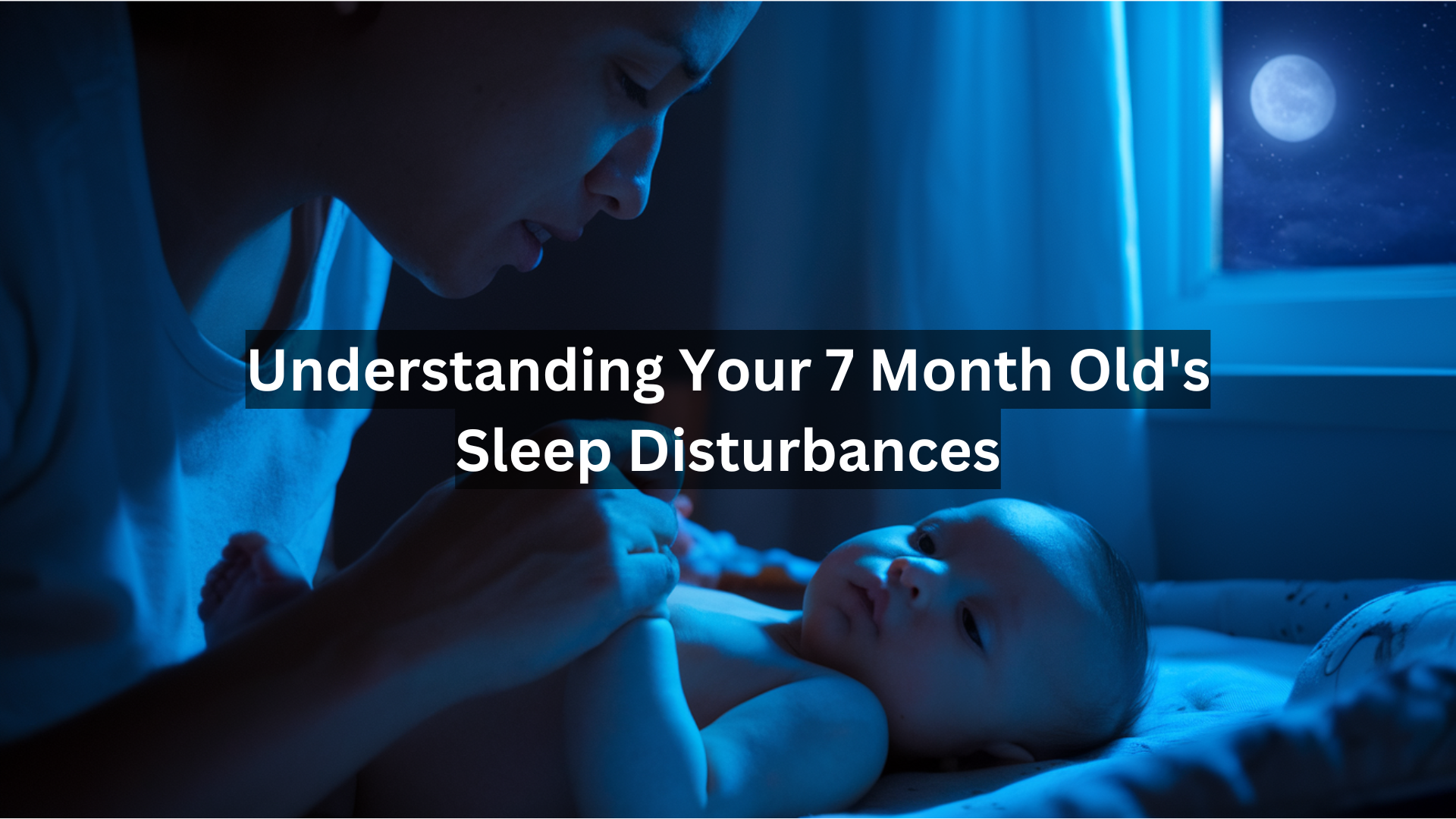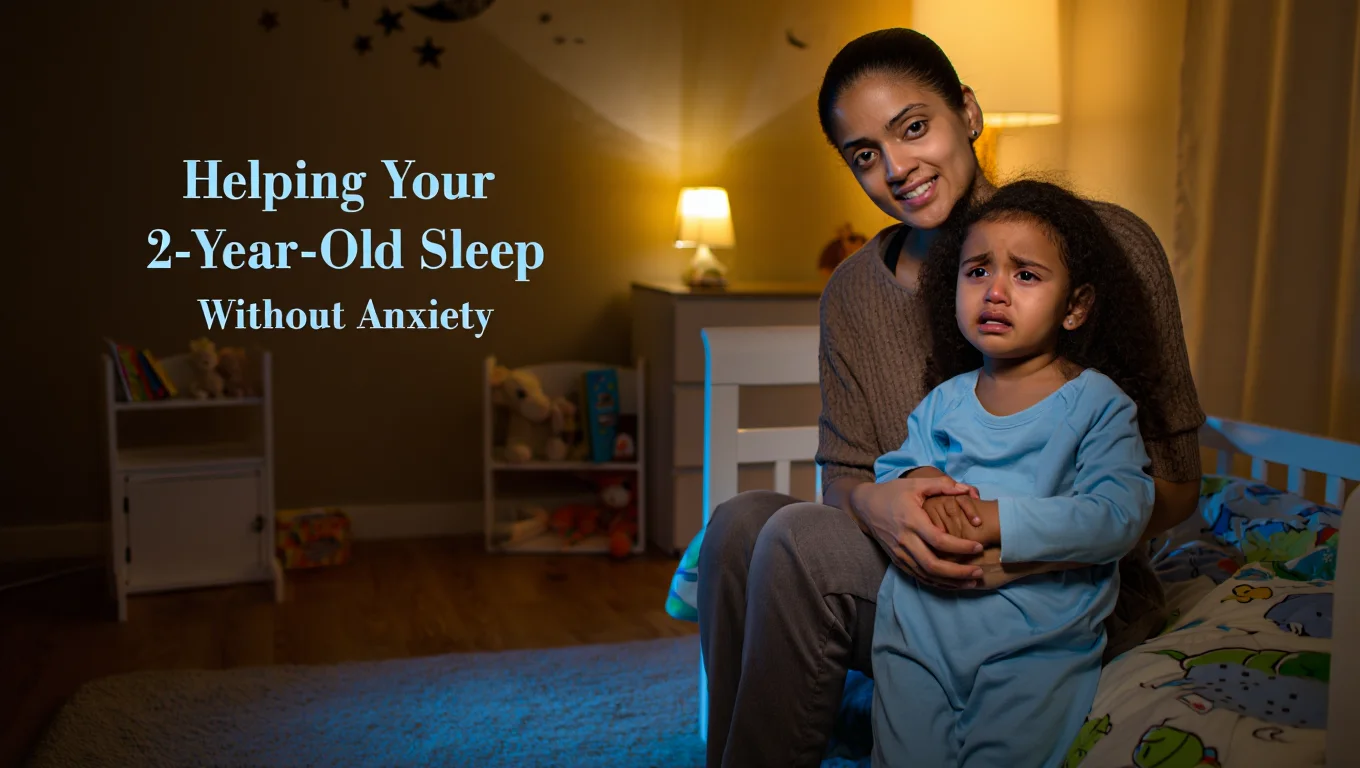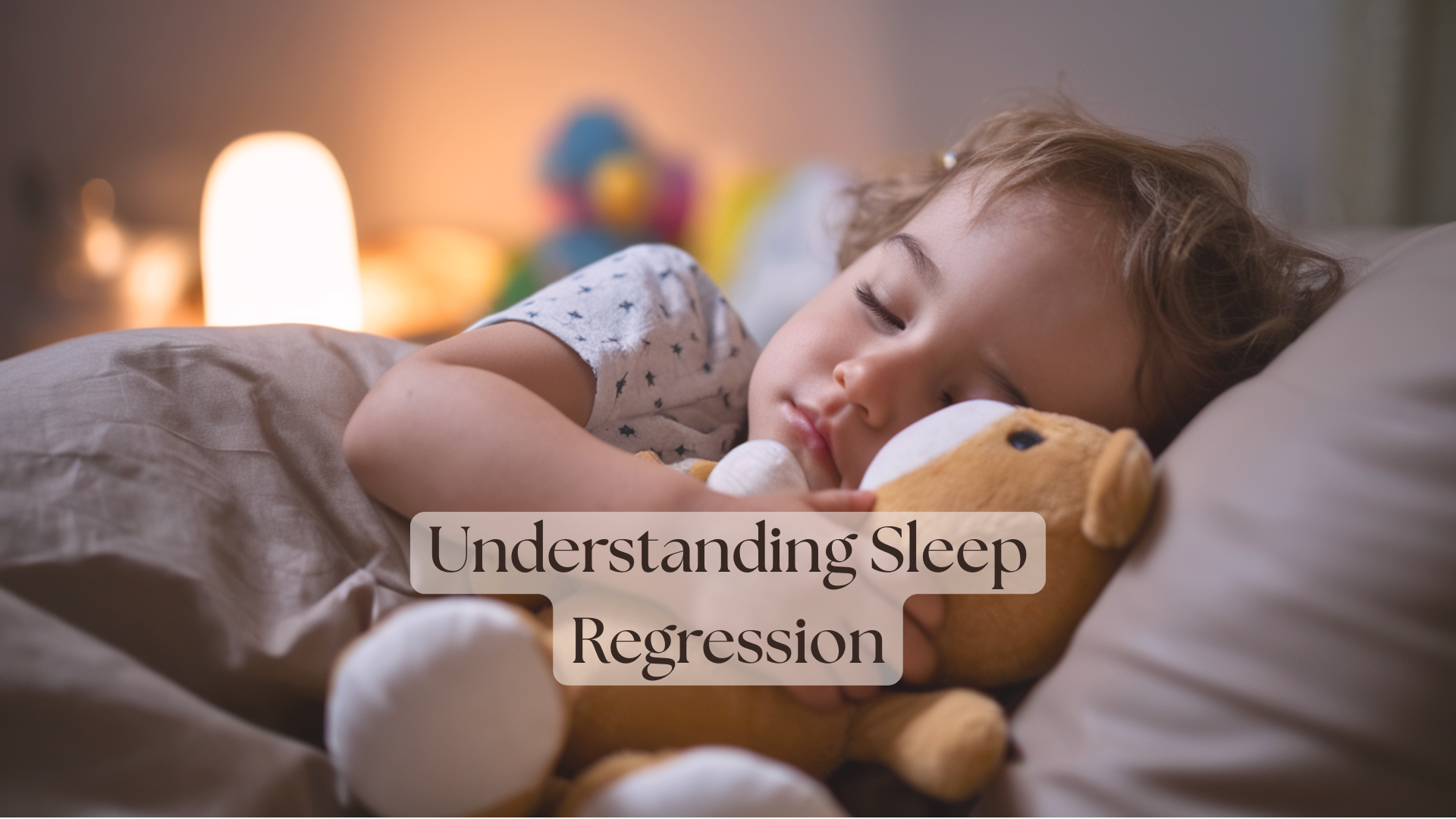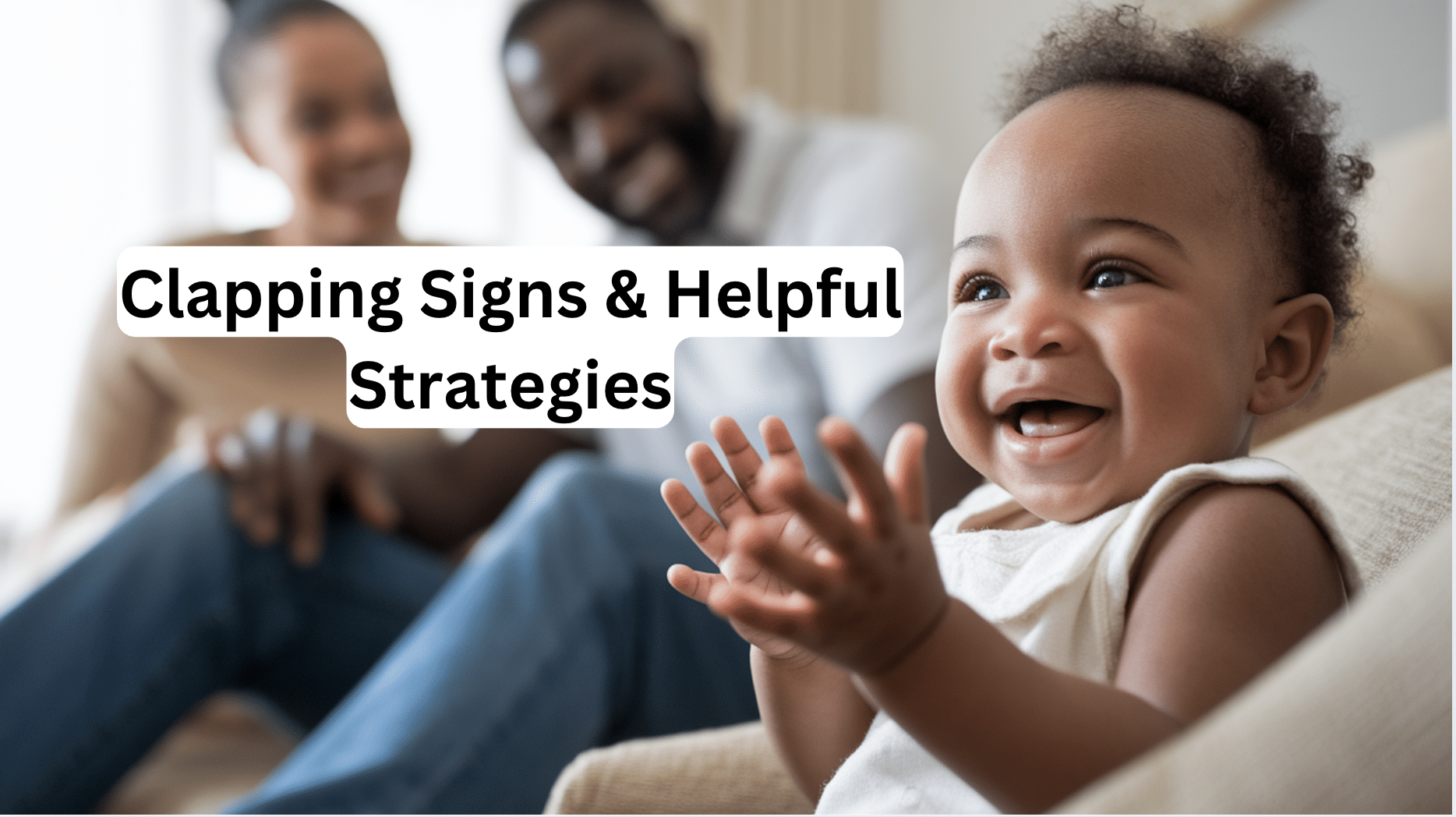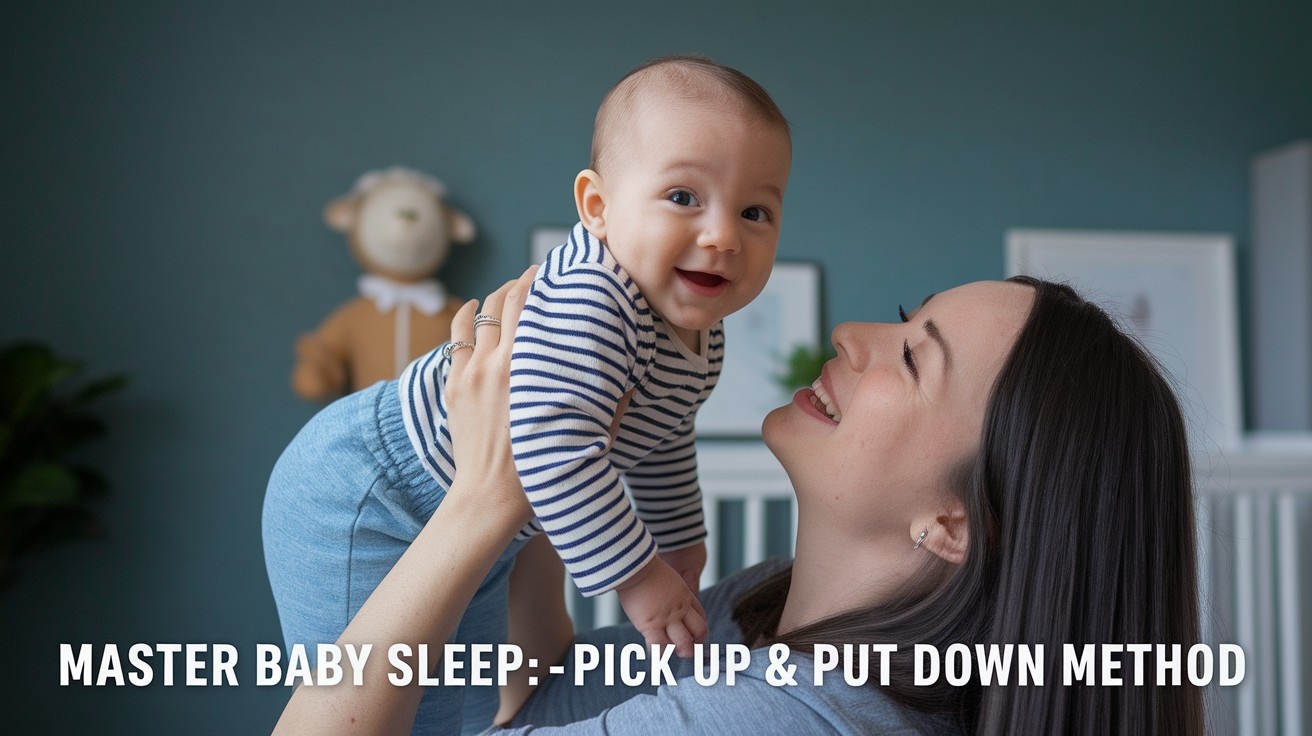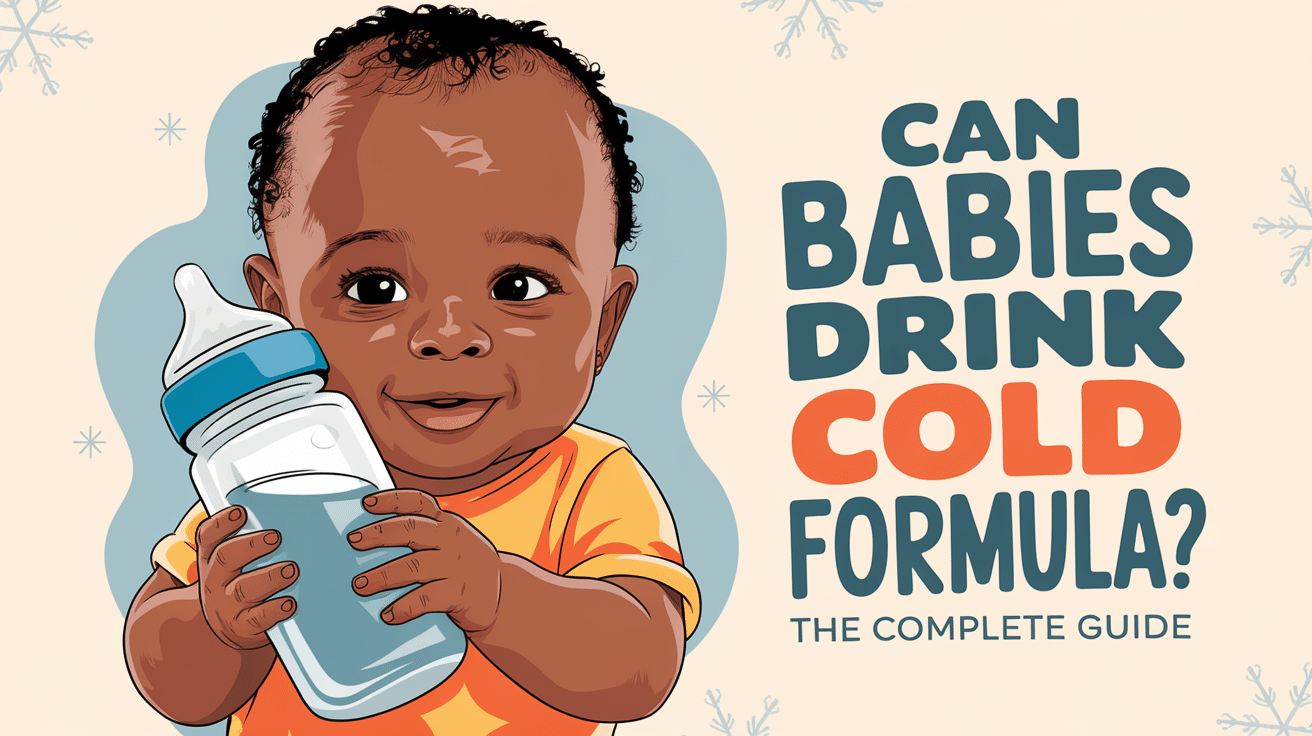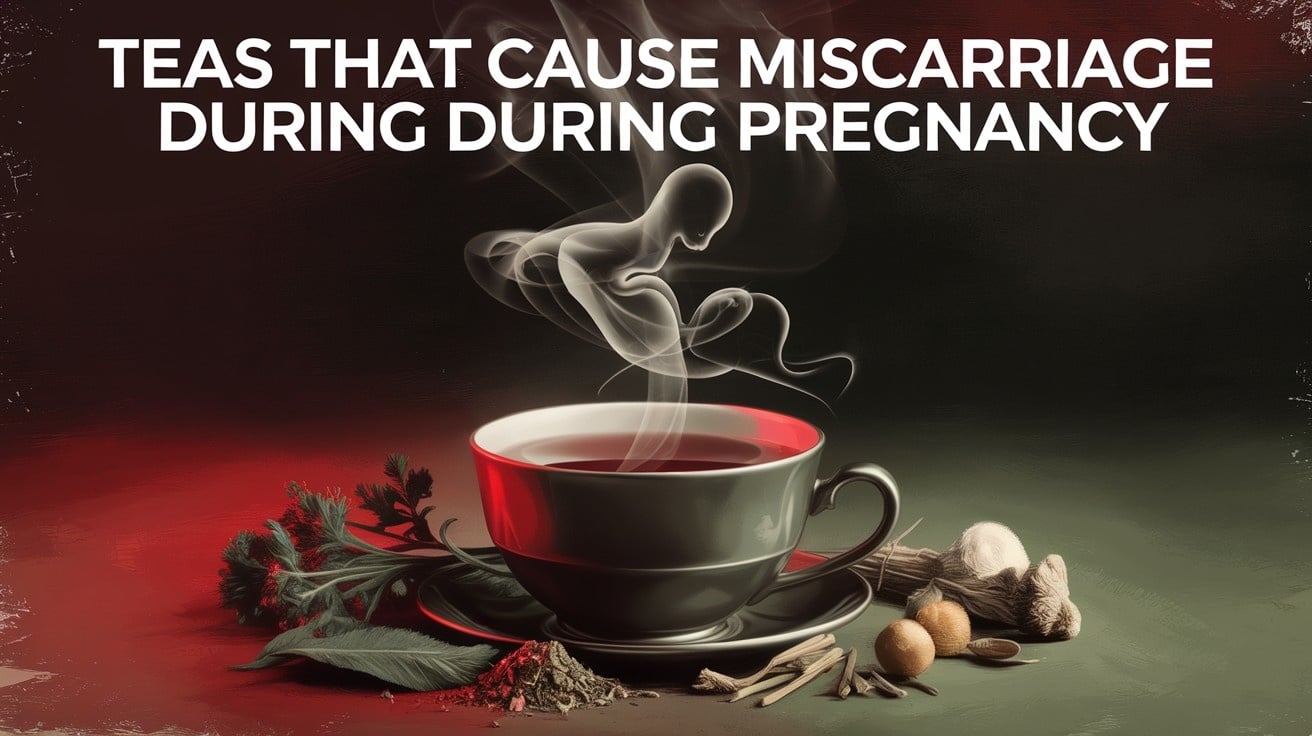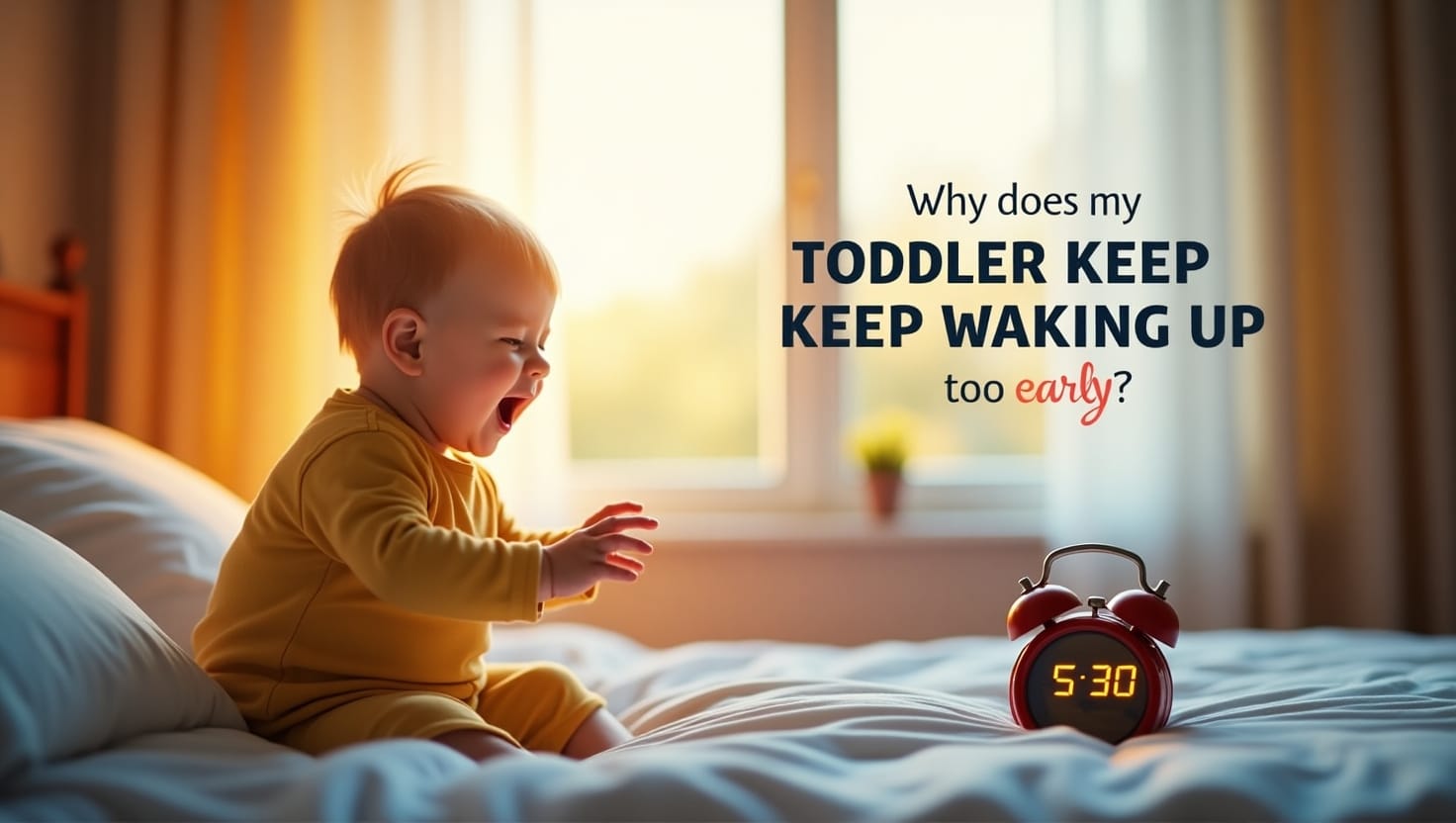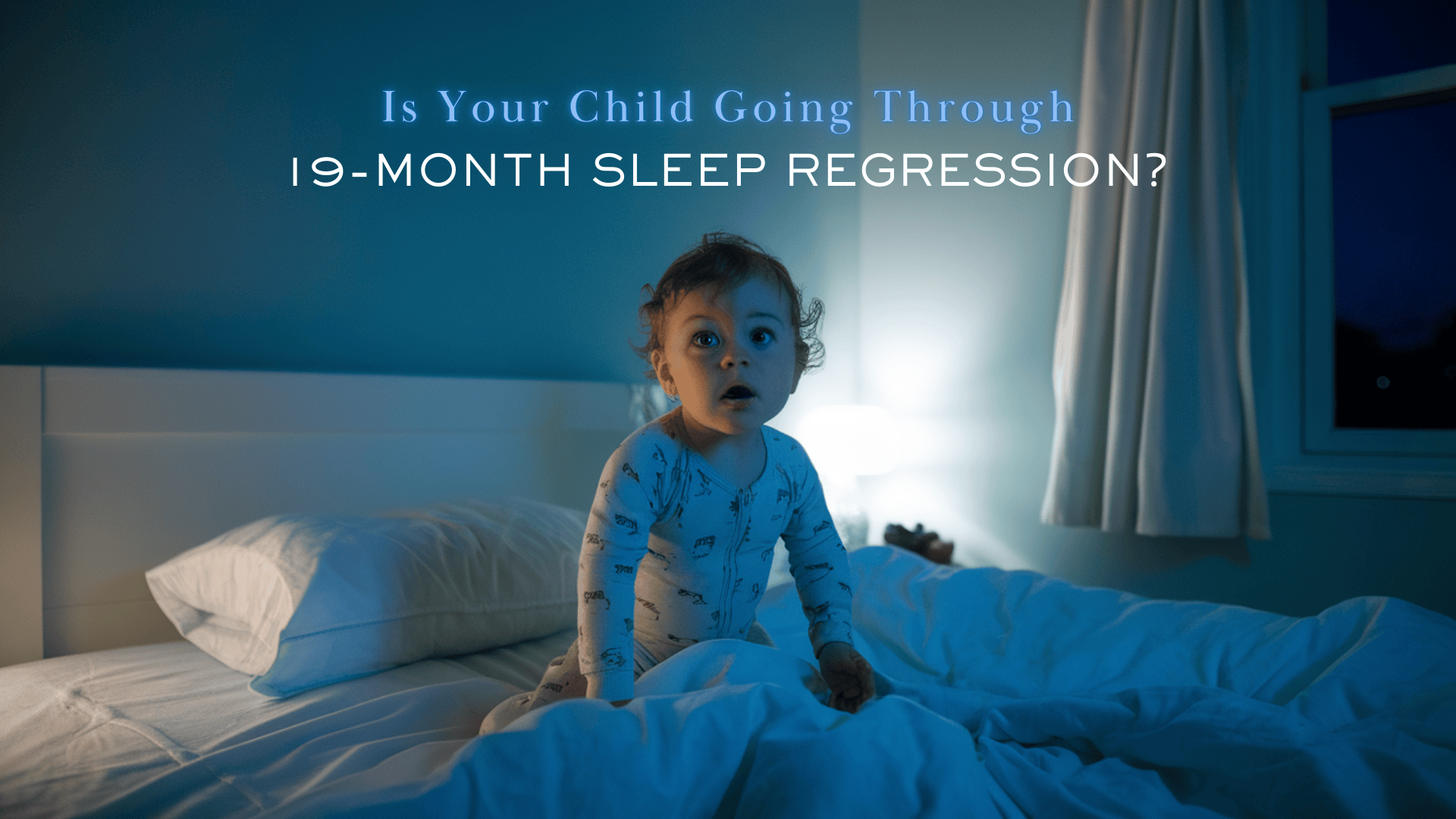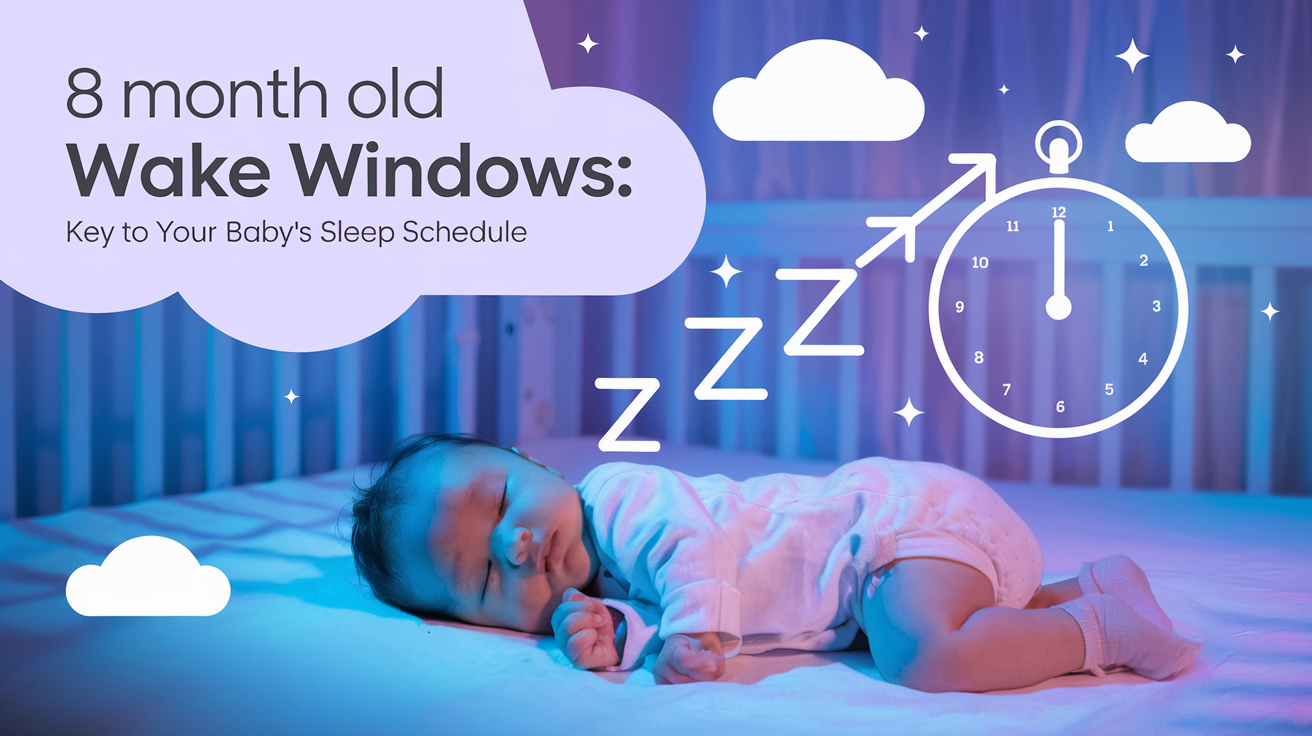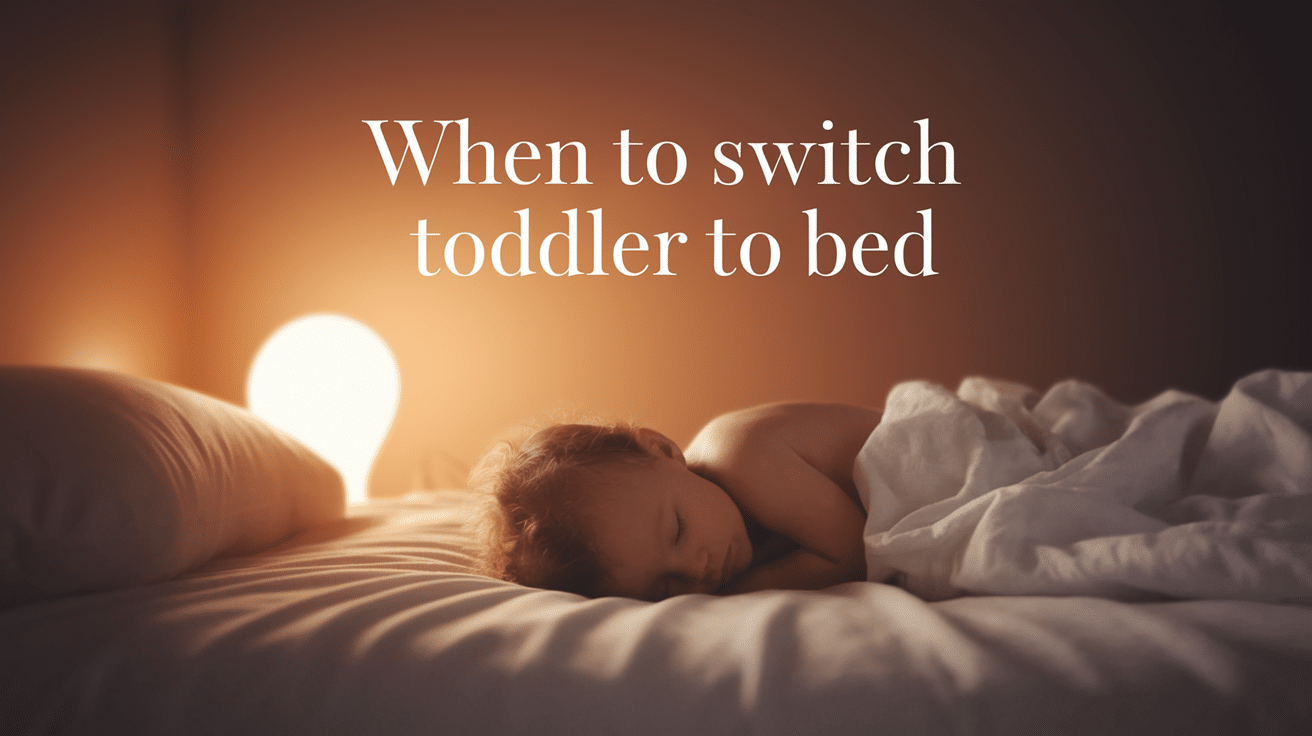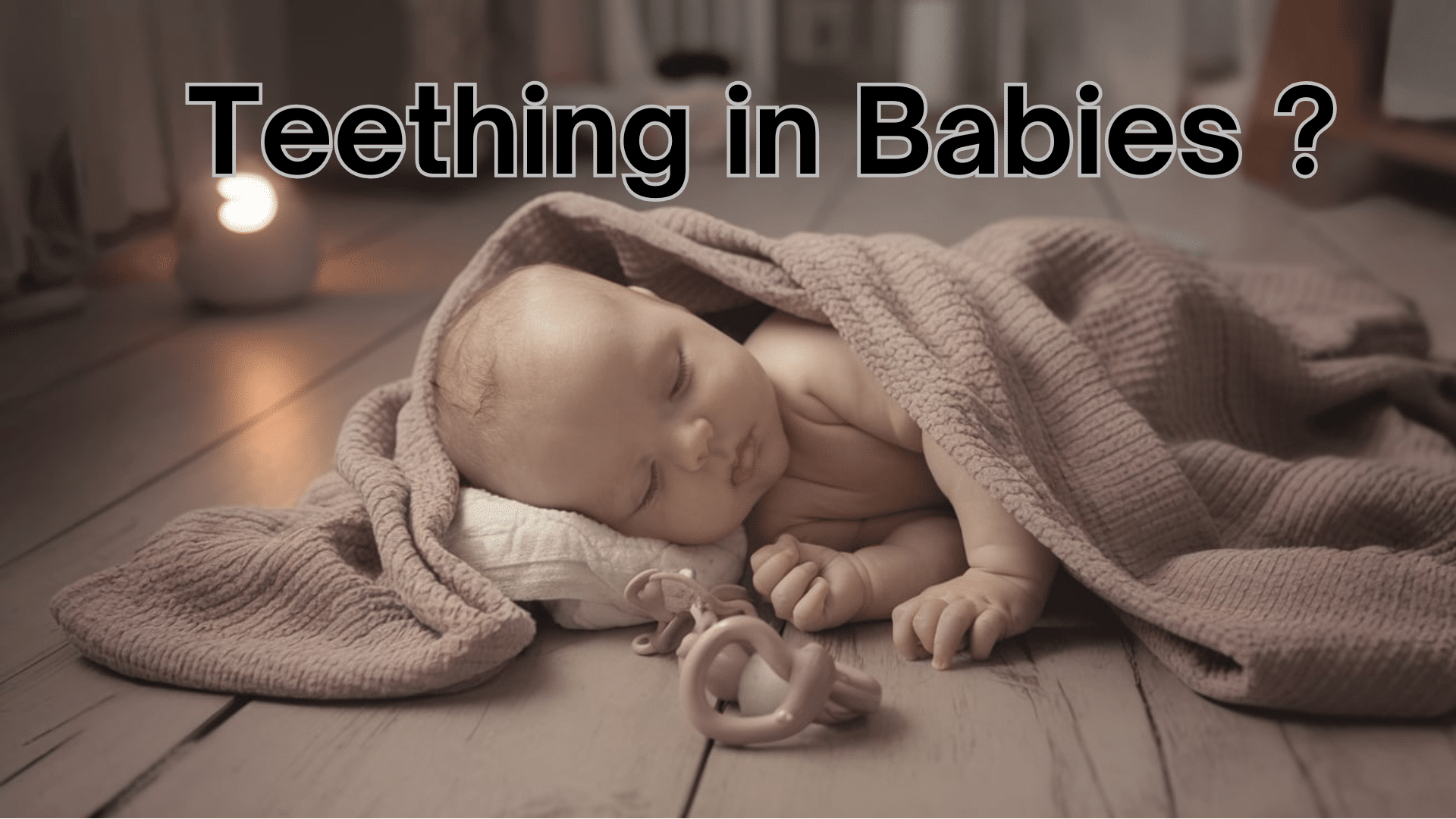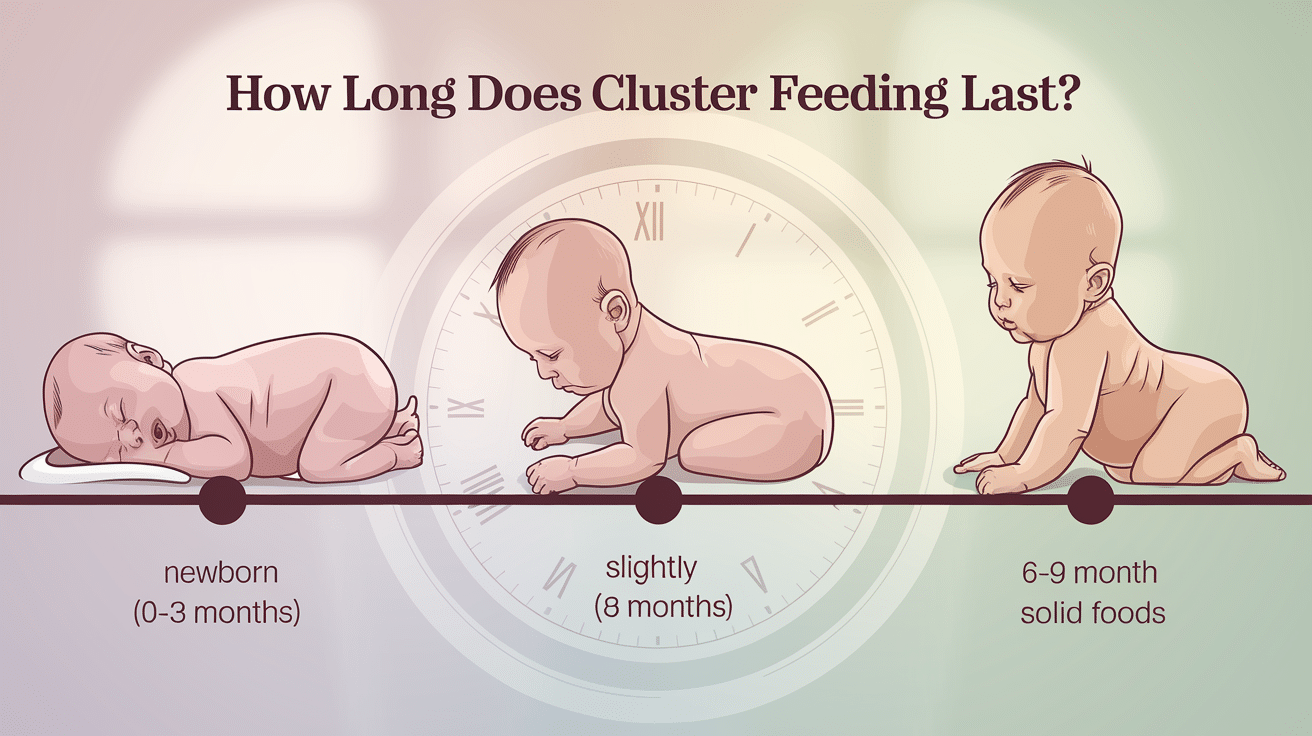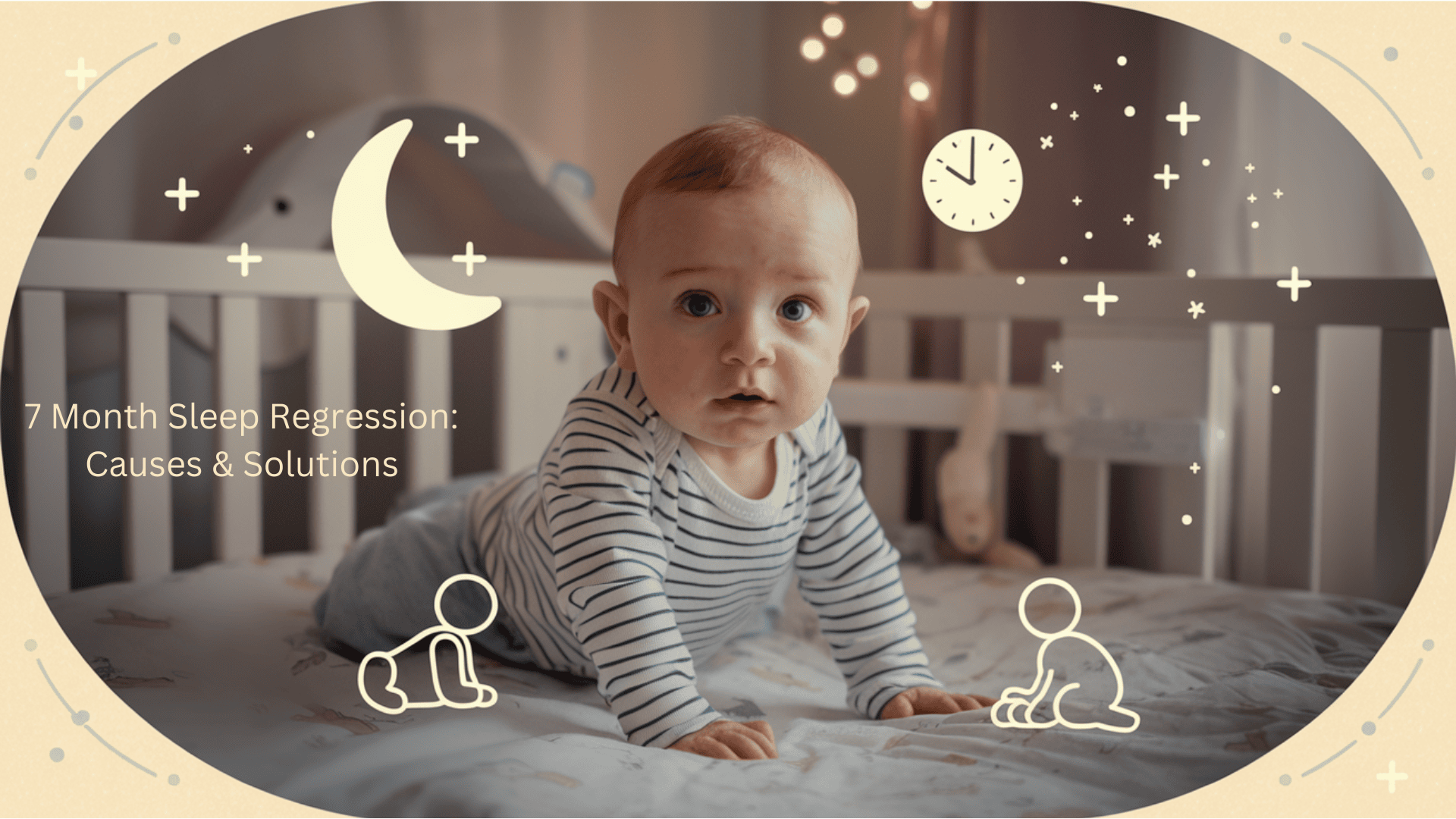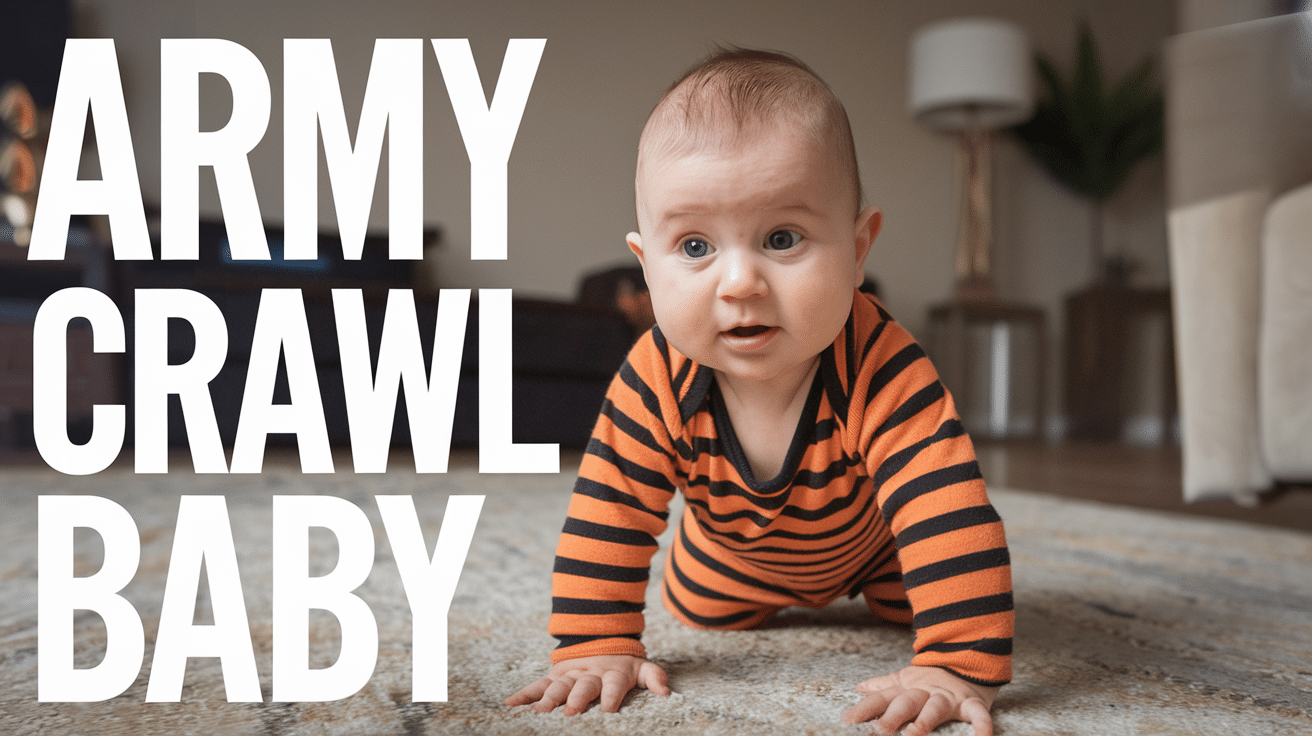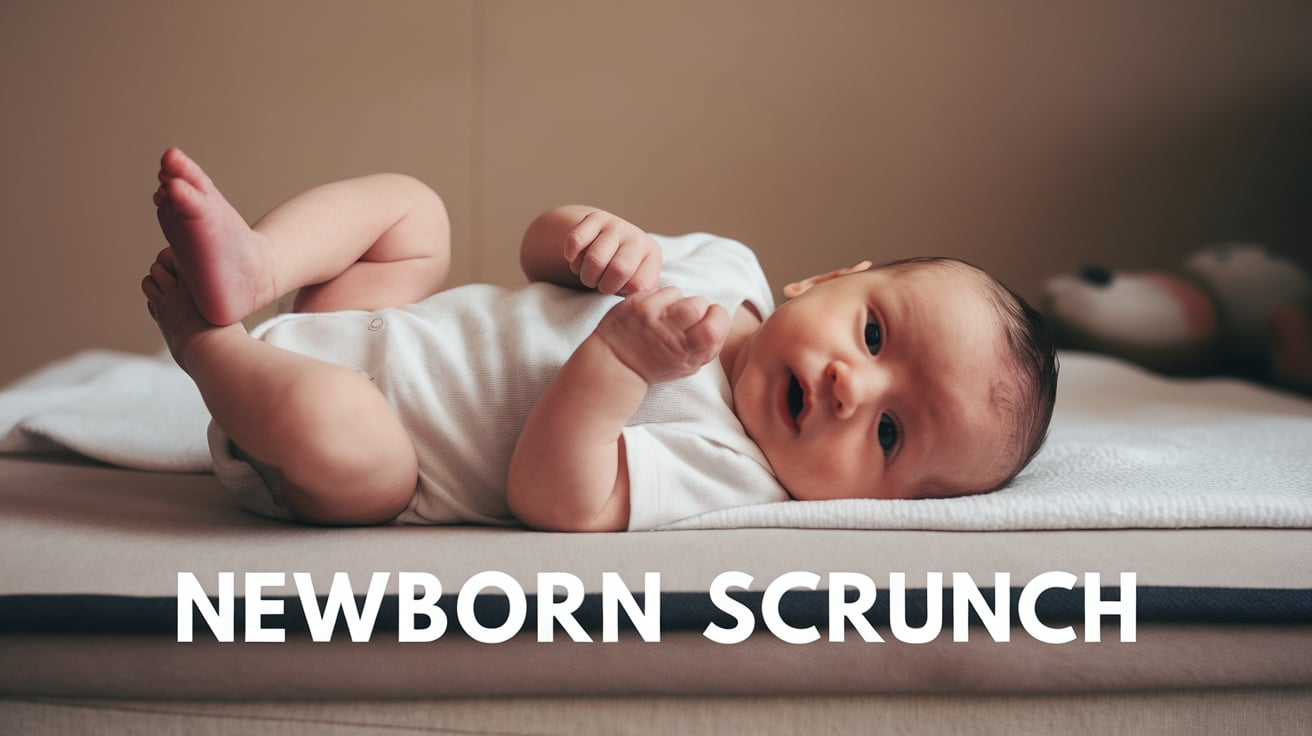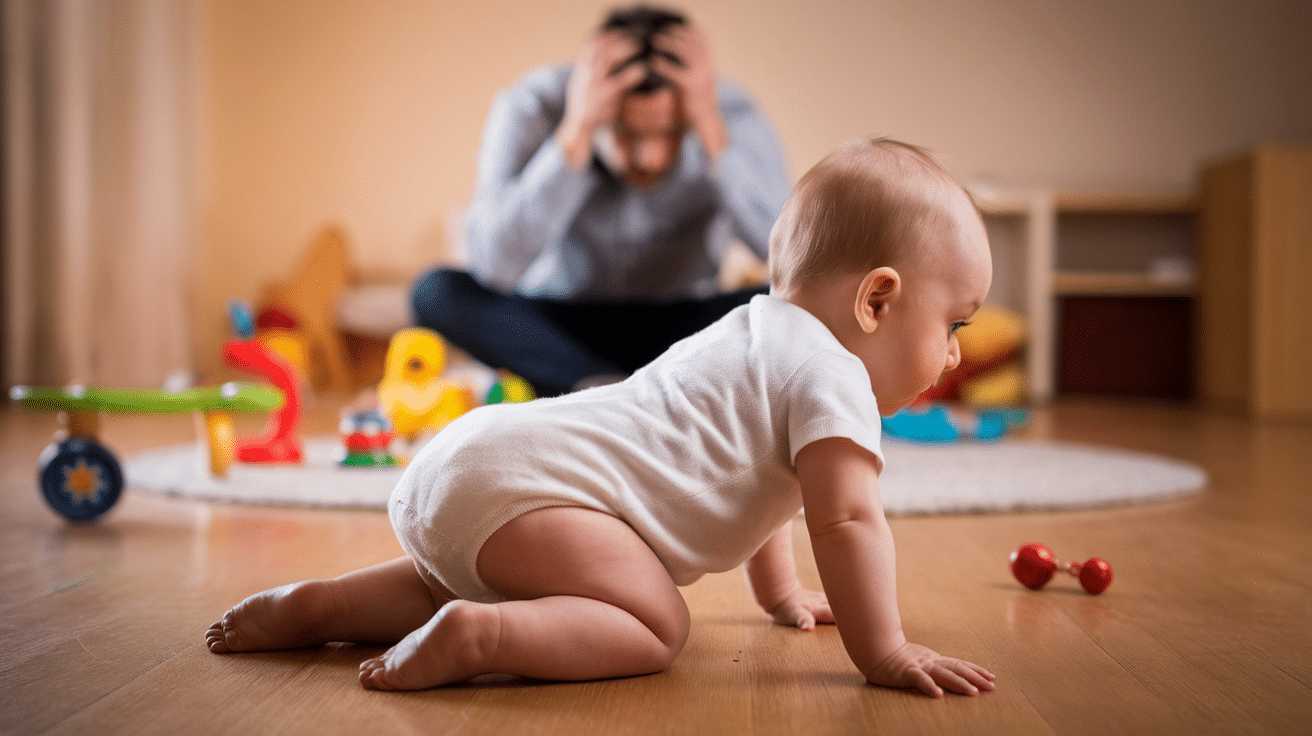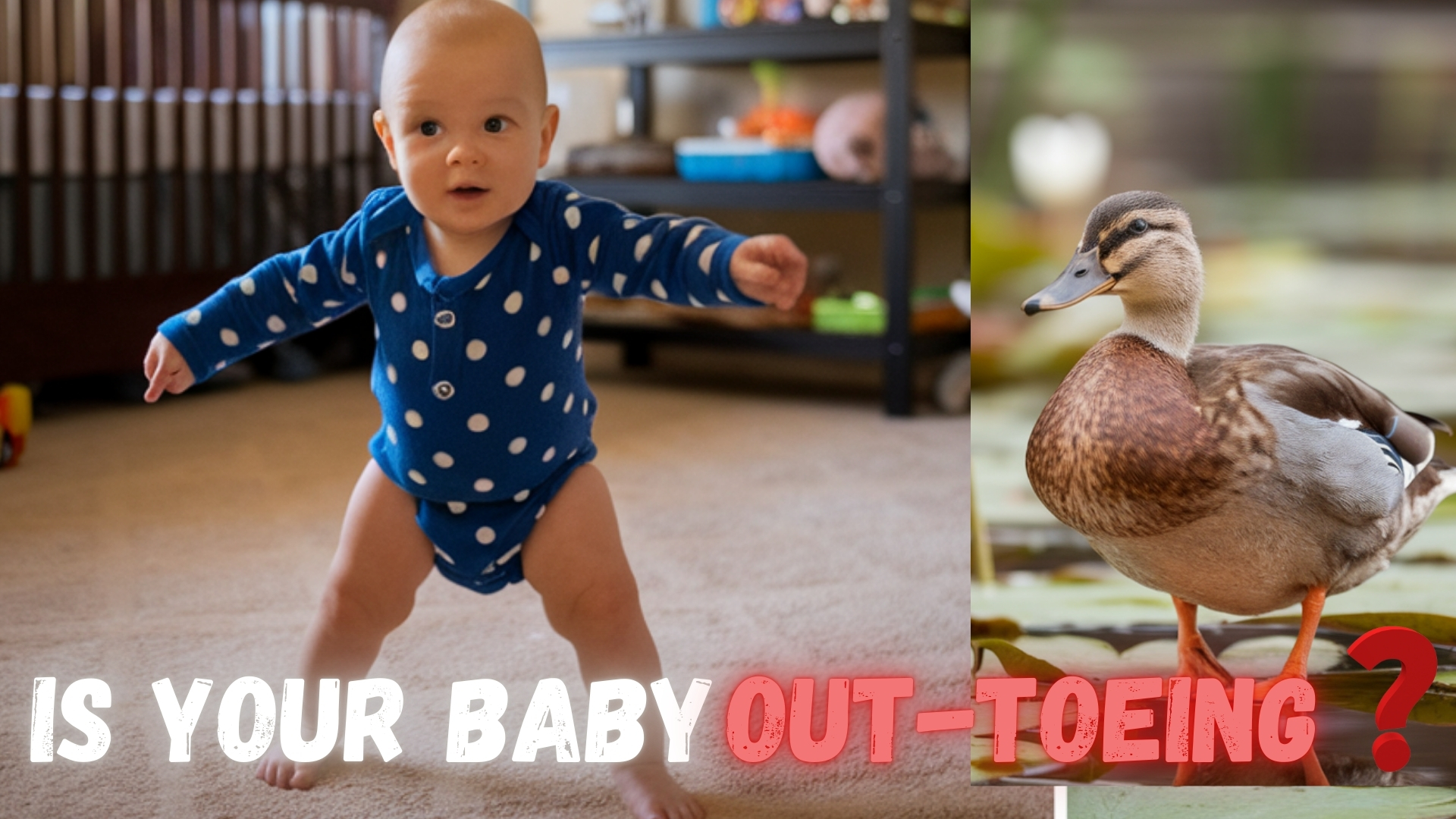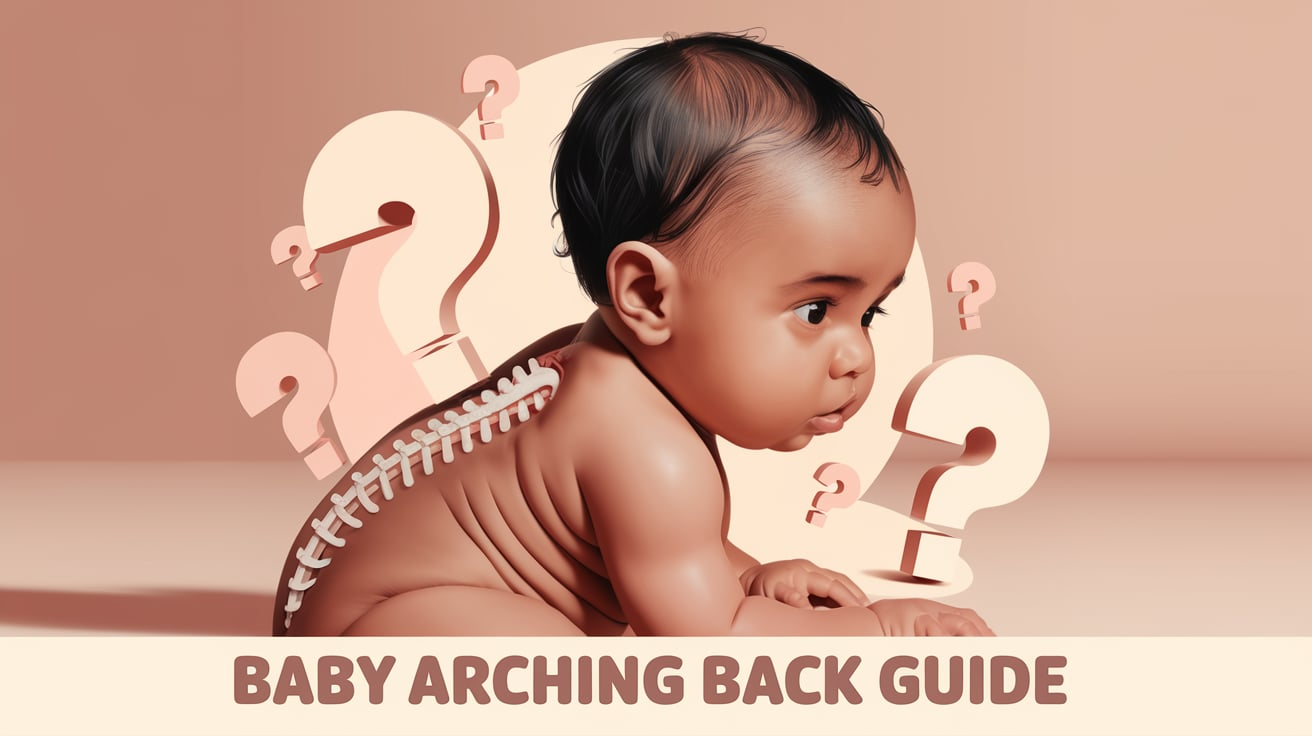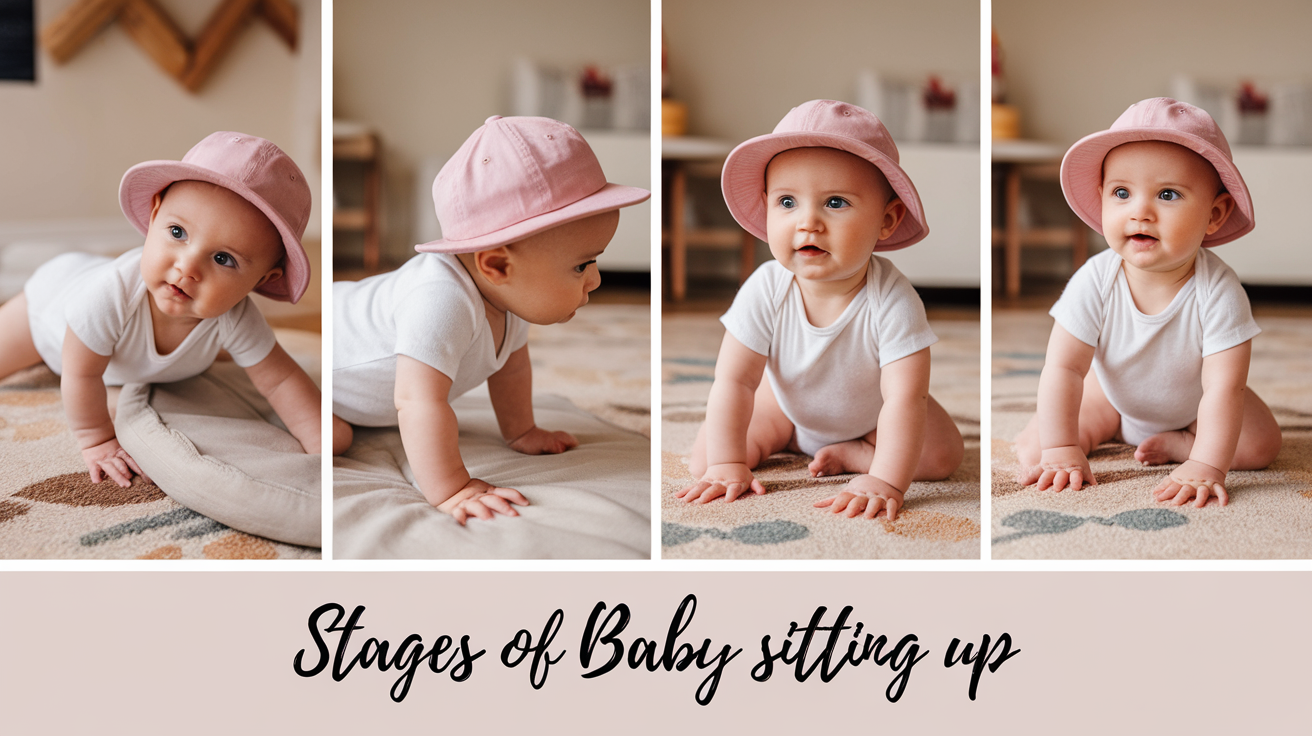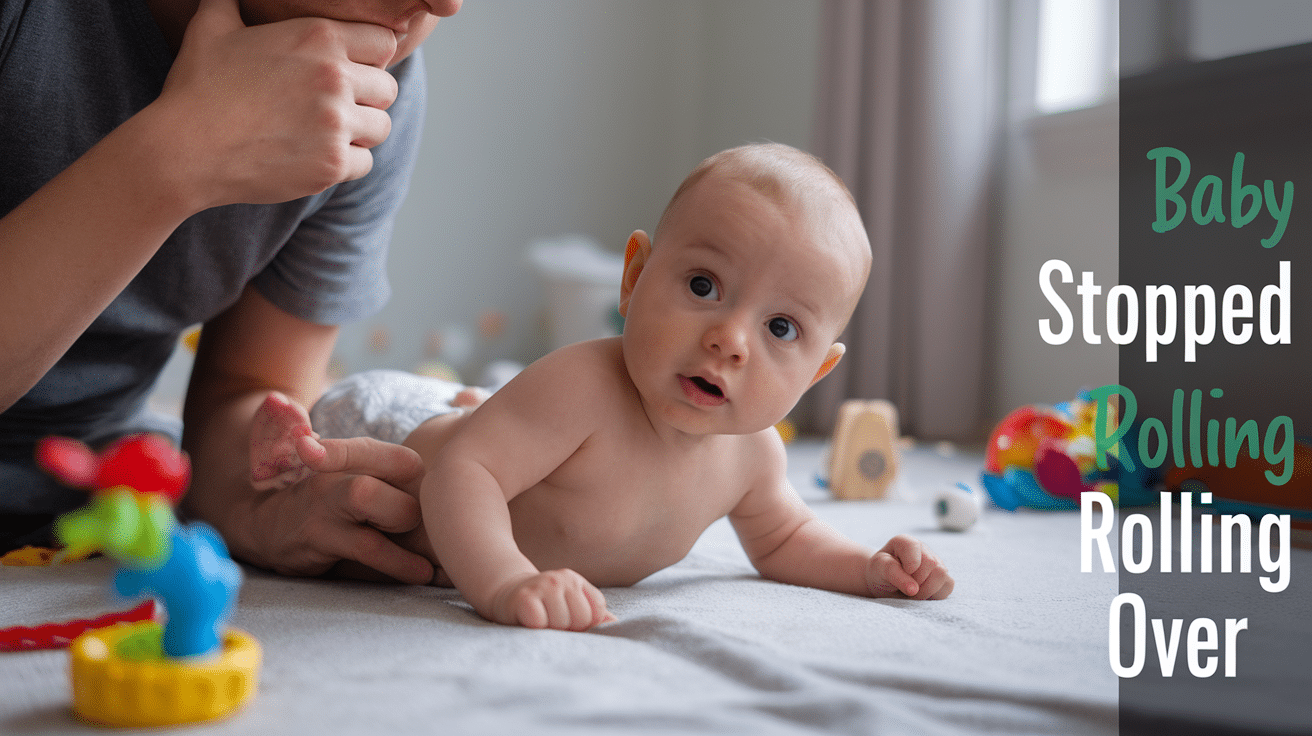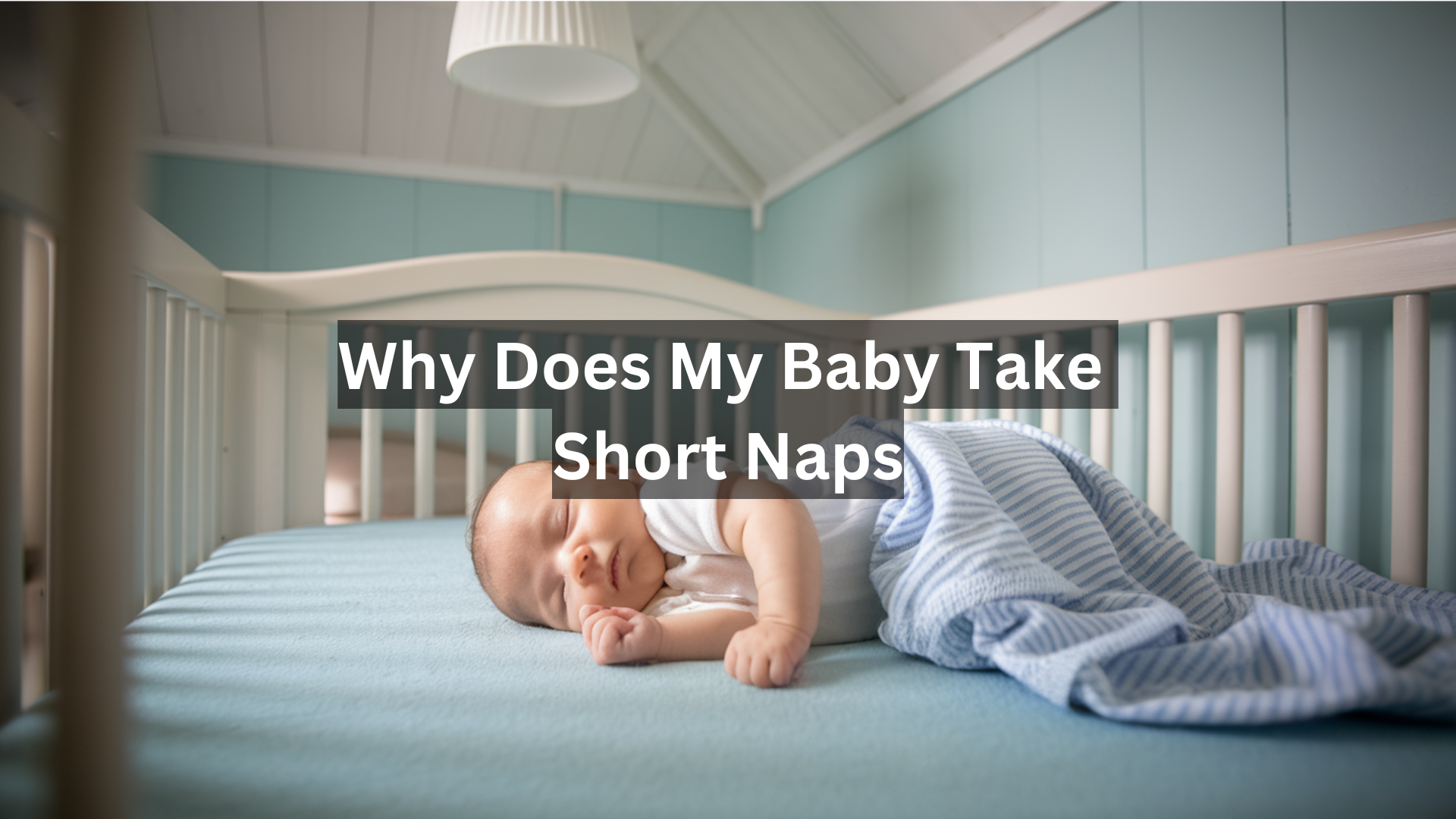
Are you trapped in the frustrating cycle of 30-minute baby naps? I’ve been exactly where you are. My daughter would wake up crying after just half an hour, leaving me exhausted and confused.
In this article, you’ll learn:
- Why babies take short naps
- Simple changes to extend nap time
- Age-appropriate nap schedules that work
- Step-by-step solutions for better sleep
As a certified sleep consultant and the mom of two former cat-nappers, I’ve helped hundreds of tired parents solve this common problem. I promise you can fix it—without complicated methods or letting your baby cry for hours.
Short naps are often just a phase or a sign that your baby needs help connecting sleep cycles. With the right approach, your baby can learn to take longer, more restful naps. And you’ll finally get that much-needed break.
What Counts as a Short Nap?
Before we solve the problem, let’s clarify what makes a nap “short.” Understanding normal sleep cycles will help you set realistic goals for your baby’s rest time.
A short nap is typically less than 40 minutes long. This happens because babies complete one sleep cycle in about 30-45 minutes. Longer naps usually mean your baby has linked multiple sleep cycles together.
Short naps are normal for newborns (0-3 months), and their sleep patterns aren’t fully developed yet.
For babies 4 months and older, the goal is at least one hour per nap. This gives them more restorative rest.
Why Do Short Naps Happen?

Short naps aren’t usually a sign that you’re doing something wrong. They’re connected to how baby sleep naturally works, which is quite different from adult sleep patterns.
Baby sleep works differently than adult sleep. We all go through light and deep sleep cycles, but babies:
- Have shorter sleep cycles (30-45 minutes vs. our 90-120 minutes)
- Spend more time in light sleep
- Haven’t learned to connect sleep cycles yet
When a baby reaches the end of a sleep cycle, it briefly wakes up. The challenge is helping it fall back asleep rather than fully waking.
Common Causes of Short Naps

Several factors can lead to short naps. Let’s look at each one:
1. Over-tiredness
When your baby stays awake too long, their body produces stress hormones like cortisol and adrenaline.
These fight-or-flight chemicals make it harder for babies to settle and stay asleep. An over-tired baby might fall asleep quickly but often wakes after just one sleep cycle.
Signs of over-tiredness include eye rubbing, yawning, fussiness, and looking away from stimulation.
2. Under-tiredness
On the flip side, if your baby hasn’t been awake long enough, they aren’t tired enough for a long nap. They might take a quick “power nap” to take the edge off, then wake ready to play again.
Watch for signs that your baby is truly tired before putting them down.
3. Sleep Associations
This was the biggest issue with my children. If your baby needs to be rocked, fed, bounced, or given a pacifier to fall asleep initially, they often need that same help to fall back asleep between sleep cycles.
When they naturally wake at the 30-45 minute mark, they look for whatever helped them fall asleep in the first place.
4. Environment Issues
Babies are sensitive to their sleep environment, and common problems include rooms that are too bright (even small amounts of light can disrupt sleep), noise disruptions from siblings, doorbells, or traffic, temperature issues where it’s too hot or too cold, and uncomfortable clothing or bedding.
5. Hunger
A hungry baby won’t sleep well. Younger babies, especially, need frequent feedings, and growth spurts can increase hunger suddenly. If your baby seems hungry more often, they might be experiencing a growth spurt.
A Proper Routine Is the Key!
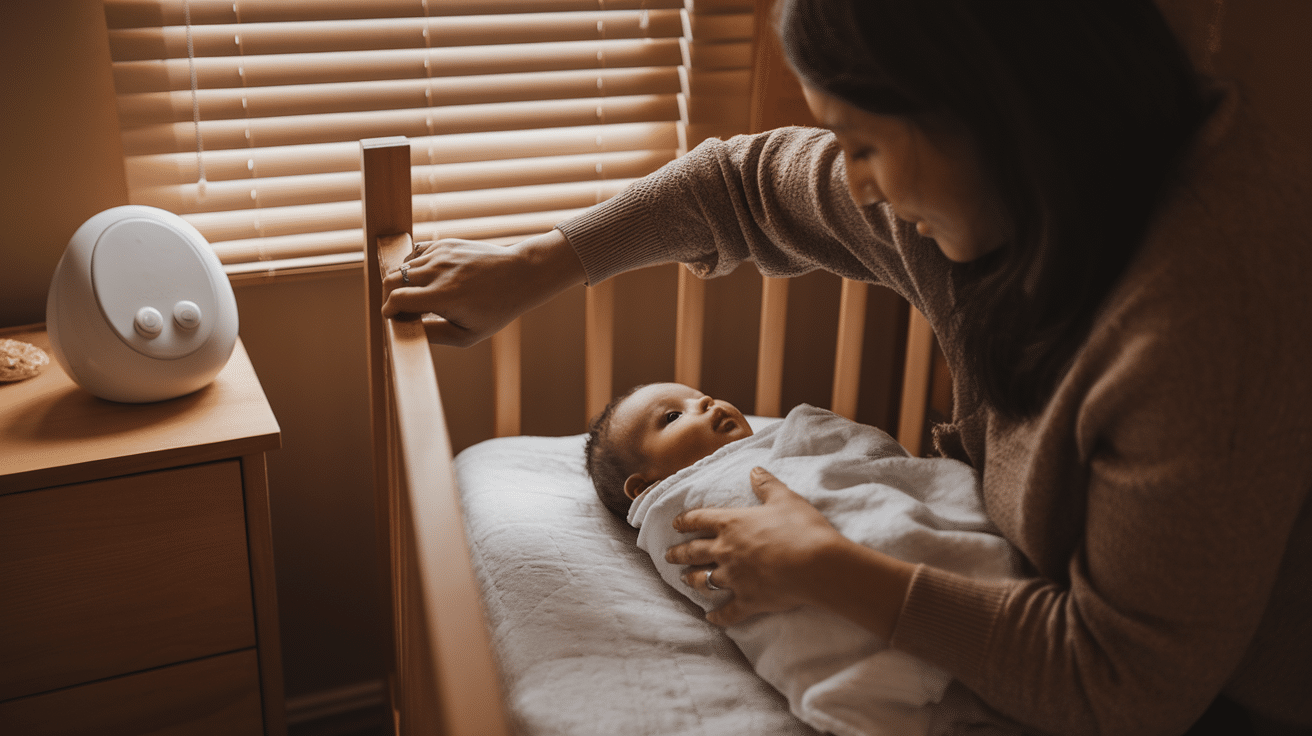
Babies thrive on predictability. Creating a simple pre-nap routine helps your baby recognize sleep cues and prepare their body and mind for rest.
A consistent nap routine signals to your baby that sleep is coming. Keep it simple but predictable:
- Check diaper
- Close curtains/blinds
- Turn on white noise
- Brief cuddle
- Say a consistent phrase like “It’s nap time, I love you.”
- Place in crib, awake but drowsy
Your routine doesn’t need to be long—even 5-10 minutes works. Consistency matters more than specific steps.
Helping Your Baby Fall Asleep Without Help Every Time
This is the secret sauce for longer naps. How your baby falls asleep at the start of a nap often determines whether they’ll connect sleep cycles or wake up after 30 minutes.
Independent sleep skills are crucial for longer naps. When babies can fall asleep on their own at the start of a nap, they’re more likely to use those same skills to connect sleep cycles.
Try these approaches:
- Put down awake: Place your baby in the crib drowsy but awake
- Gradually reduce assistance: If you rock to sleep, try rocking until drowsy, then put down
- Pause before responding: When your baby stirs at the 30-minute mark, wait a few minutes to see if they resettle
- Practice makes progress: Don’t expect perfection right away
I found that teaching independent sleep took time but made the biggest difference in extending naps.
When Do Naps Start Getting Longer?
Parents often wonder if their baby will ever take decent naps. Good news! There is a light at the end of the tunnel, and most babies improve with age and practice.
Most babies start taking longer naps around 5-6 months, though some may not consolidate until 7-8 months.
The typical nap progression goes:
- 0-3 months: Unpredictable, often short naps
- 4-5 months: Beginning to show patterns, some longer naps
- 6+ months: More predictable with 1-2 hour naps becoming common
Be patient. Your baby will get there, even if they’re on their timeline.
Tips to Help Naps Last Longer
Let’s get into specific actions you can take today. These proven techniques have helped thousands of babies (including mine) learn to take longer, more restorative naps.
These practical strategies can help extend naps:
- Watch your wake windows closely: Track the time between sleep periods and adjust as needed
- Create a sleep-friendly environment: Use blackout curtains, maintain a cool room (68-72°F), and play consistent white noise.
- Consider a “crib hour”: Even if your baby wakes early, leave them in the crib for at least an hour (as long as they’re content)
- Try the “wake to sleep” method: Gently rouse your baby slightly before they normally wake (at about 25 minutes) to help them transition to the next sleep cycle.
- Ensure baby is full: Offer a full feeding before naps
- Be consistent: Stick with your approach for at least a week before trying something new
I found that blackout curtains and white noise made a huge difference in our house.
Sample Nap Schedules
Having a framework helps tremendously. Below are age-appropriate schedules to use as starting points. Remember to adjust based on your baby’s individual sleep needs and cues.
4-5 Months (3-4 naps)
- Wake: 7:00 AM
- Nap 1: 8:30-10:00 AM
- Nap 2: 11:30 AM-1:00 PM
- Nap 3: 2:30-3:30 PM
- Optional cat nap: 5:00-5:30 PM
- Bedtime: 7:00-7:30 PM
6-8 Months (3 naps)
- Wake: 7:00 AM
- Nap 1: 9:00-10:30 AM
- Nap 2: 1:00-2:30 PM
- Nap 3: 4:30-5:00 PM (cat nap)
- Bedtime: 7:30 PM
9-12 Months (2 naps)
- Wake: 7:00 AM
- Nap 1: 9:30-11:00 AM
- Nap 2: 2:00-3:30 PM
- Bedtime: 7:30 PM
Remember: These are guidelines. Your baby might need slightly different timing.
Final Thoughts
The short nap phase feels endless when you’re living it, but I promise it’s temporary. When my daughter took only 30-minute naps, I thought I was doing everything wrong.
Then, I focused on these three game-changers: consistent routines, appropriate wake windows, and teaching independent sleep skills.
Progress might be slow at first. You might have good days followed by setbacks. This is normal.
Remember that your baby is learning a new skill. Like any skill, it takes practice and patience. In about two weeks, my daughter went from constant cat naps to predictable 90-minute stretches.
Trust your instincts. You know your baby best. Take what works from this guide and leave the rest.
Small, consistent changes lead to big results. One day soon, you’ll realize that both you and your baby are getting the rest you need.
Frequently Asked Questions (FAQs)
What If My Baby Wakes up Crying from Every Nap?
This often signals over-tiredness. Try moving nap time 15-30 minutes earlier.
Should I Wake My Baby from Naps to Maintain a Schedule?
Generally, let babies under 6 months sleep. For older babies, it’s okay to wake them to protect bedtime or their next nap.
Can I Let My Baby Nap in The Stroller or Car Seat?
Motion naps are fine occasionally, but crib naps tend to be more restorative. Try for at least one crib nap daily.
My Baby Takes Great Naps at Daycare but Not at Home. Why?
Daycares often have consistent routines and fewer sleep associations. Try adopting similar practices at home.
When Will My Baby Drop to One Nap?
Most babies switch to one nap between 12-18 months.




